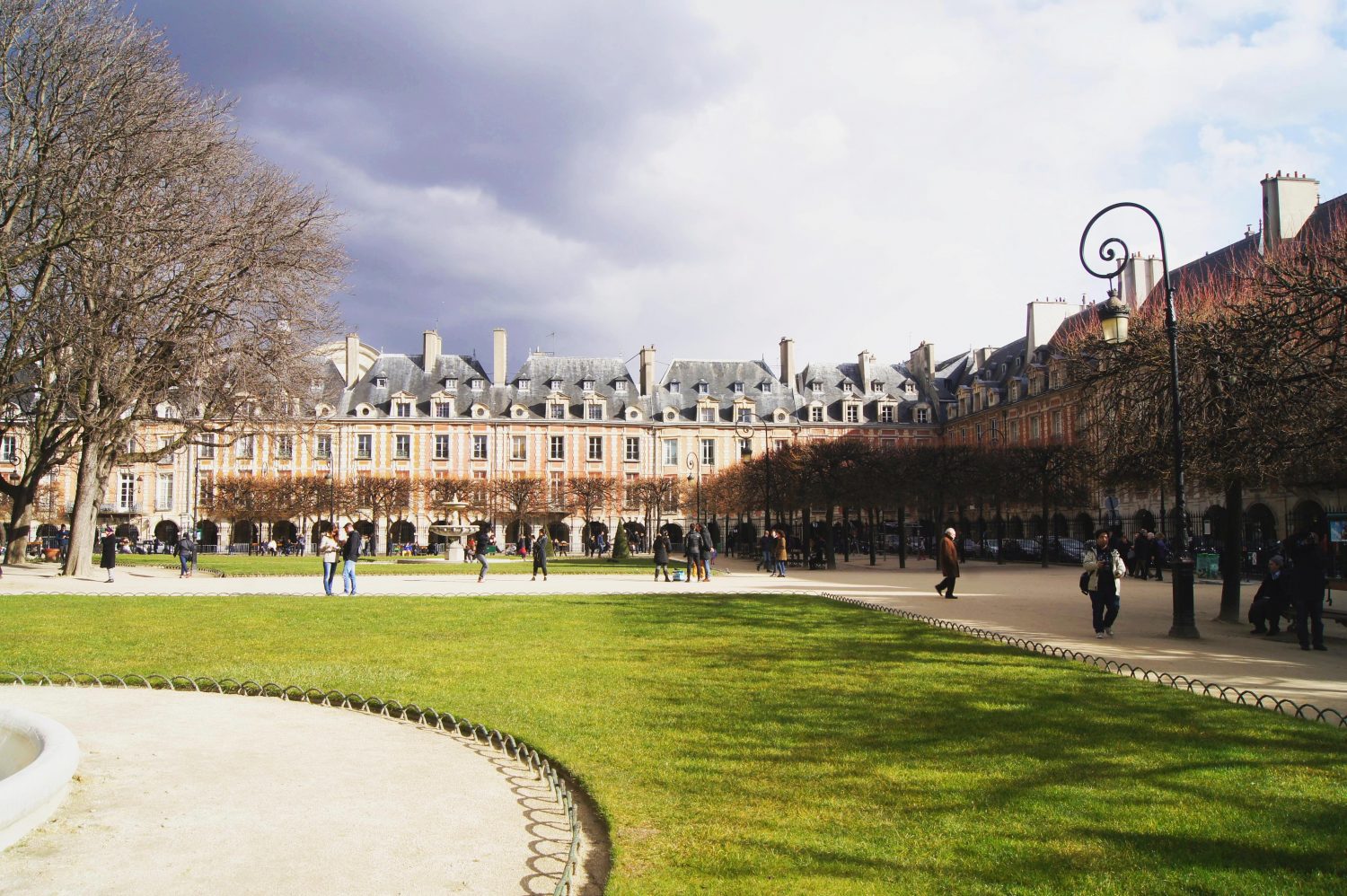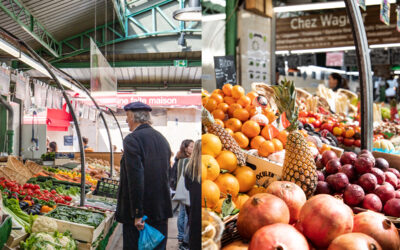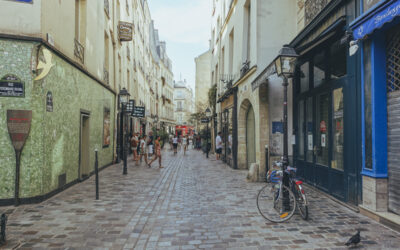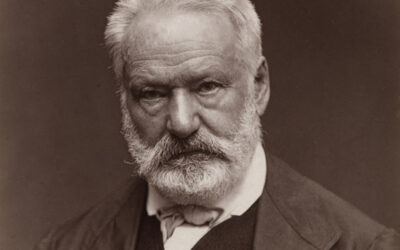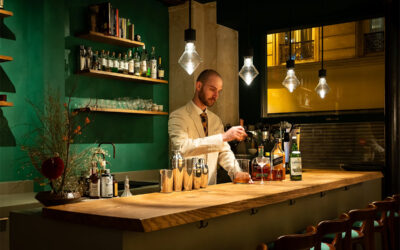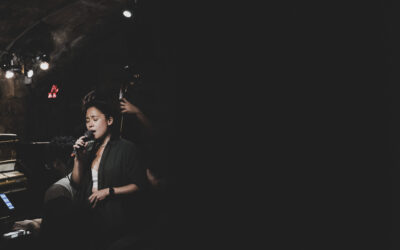
Equestrian statue of Louis XIII in the center of Place des Vosges
Designed in 1612 by Louis Métézeau, at the request of Henri IV, this square is the oldest in Paris, just before Place Dauphine, on the Île de la Cité. Straddling the 3rd and 4th arrondissements, it was first named Place Royale.
Henri IV, whose bust can be seen on a facade of the Pavillon du Roi, which is located in the axis of rue de Birague (formerly rue Royale), never lived there. The Queen's Pavilion is on the other side.
The square was inaugurated under Louis XIII, whose equestrian statue occupies the center
During the French Revolution, it was successively renamed “place des Fédérés”, “place du Parc-d’Artillerie”, “place de la Fabrication-des-Armes” and “place de l’Indivisabilité”. In 1800, under the Consultat, Napoleon Bonaparte renamed it “Place des Vosges” in honor of the Vosges department, the first to have paid tax under the French Revolution.
The return of the monarchy gave it its initial name of “Place Royale” from 1814 to 1830 and from 1952 to 1870. It also briefly, in 1830, was called “Place de la République”.
Place des Vosges has a twin, Place Ducale located in Charleville-Mézières.


Text: Katia Barillot
Photos: ©Anaïs Costet
FOR PASSIONATES OFUS
The Enfants Rouges market, everyone loves it
Restaurants, merchants, a photo store, a bookstore... This is how the Red Children's Market presents itself, unique in its kind in the Marais and its capital because it is the only one to offer such a varied and varied range of restaurants. qualitative.
The Marais Jewish quarter in Paris
From the 13th century, the Marais was home to a Jewish community which remained there until its expulsion in the 14th century. Fleeing poverty and persecution, Jews from Eastern countries and those from Alsace settled there in the 19th century. Around rue des rosiers and Place Saint-Paul renamed Pletz…
Victor Hugo, the writer with a thousand talents
Born in 1802, Victor Hugo became a social writer, a playwright, a poet, a novelist and a romantic designer. Nicknamed the man-ocean then the man-century, he is a political figure and a committed intellectual. He found success with Notre-Dame-de-Paris in 1831 and with Les Misérables in 1862.
NOW ON THE MOOD MARSH
Divine brunch at the foot of Notre-Dame
Of course, officially, it is not the Marais. But at Son de la Terre, a barge recently moored at the Montebello quay (5th), the 4th arrondissement is in sight. Moreover, this one is incredible: on one side, it is Notre-Dame flooded with sunlight; on the other, the quays, the book sellers, the walkers, the joggers.
Saka, a cocktail bar like in Tokyo
Here is an address which gives the measure of the transformation of the Marais. And it's enough to silence the grumpy people whose mantra is: “It was better before…” No, everything was not better “before” in the Marais. Besides, there was no American bar like Saka, which cultivates a form of excellence that can only be found in Japan.
Jazz at 38Riv: The highlights of May
The only jazz club in the Marais, 38Riv is the temple of cool and swing. Rue de Rivoli, between Saint-Paul and Hôtel de Ville, its vaulted cellars are the home base of the new jazz scene. Every evening, the magic happens.

